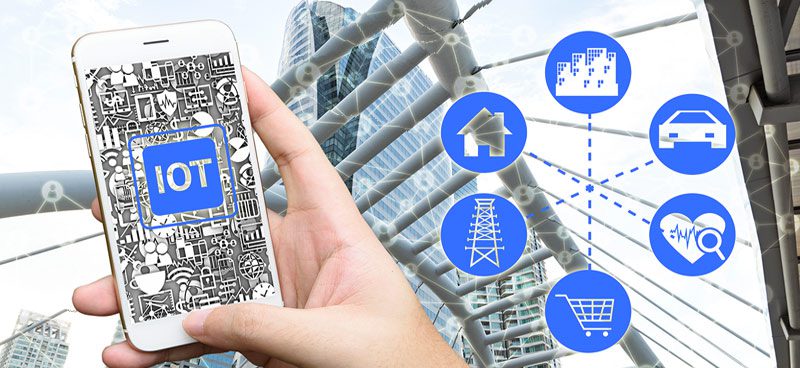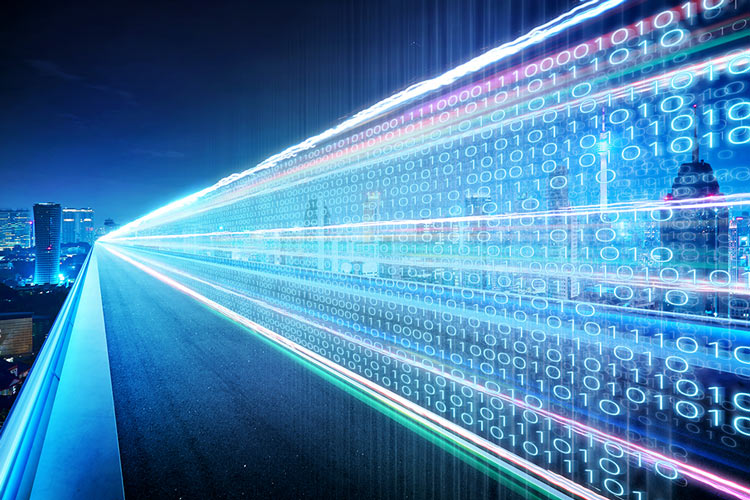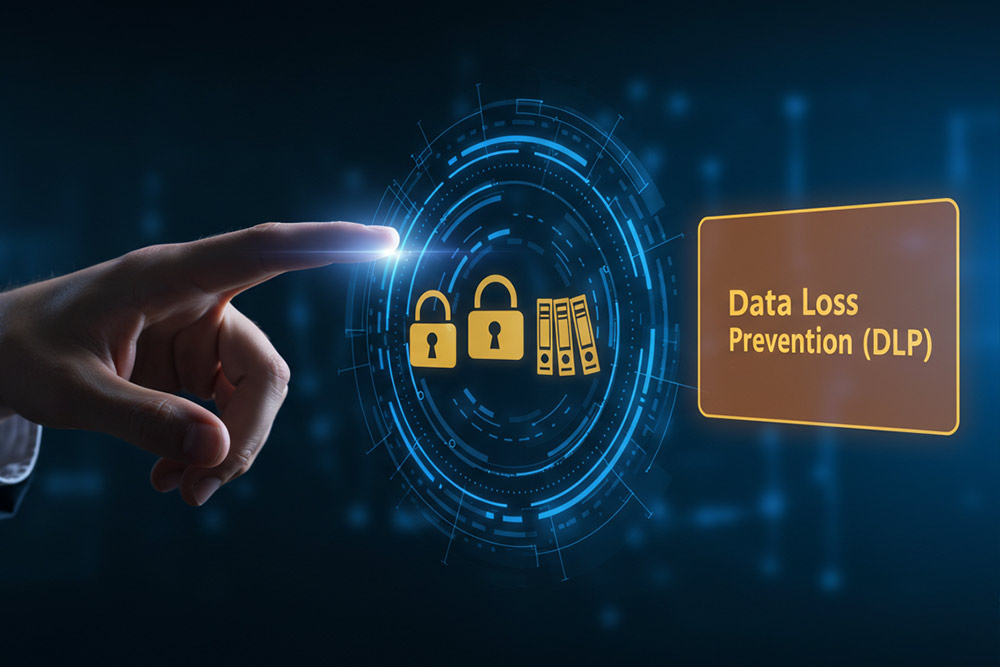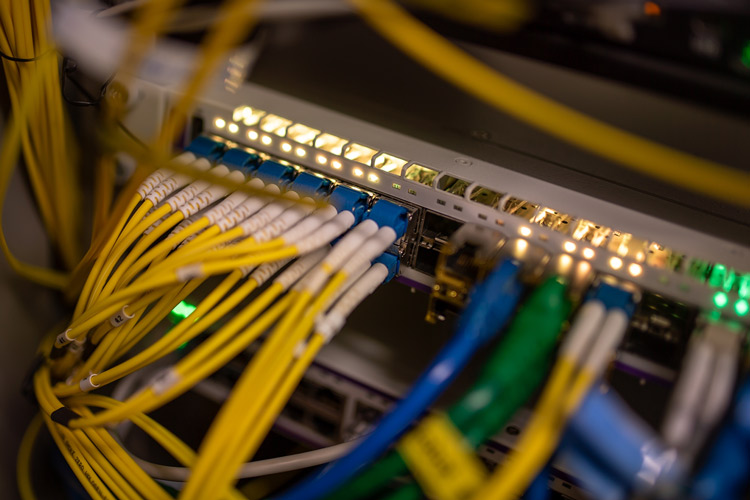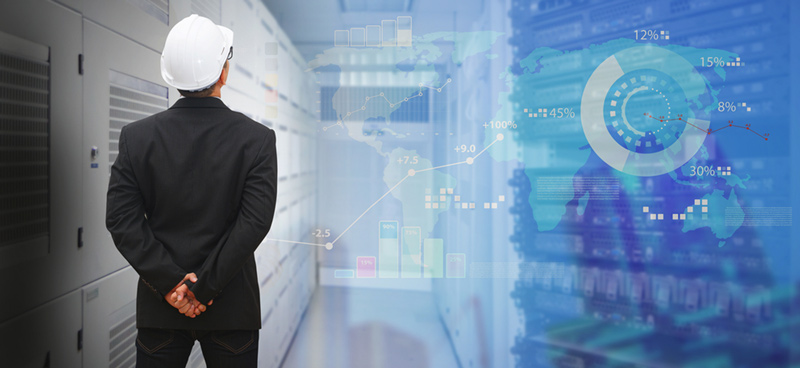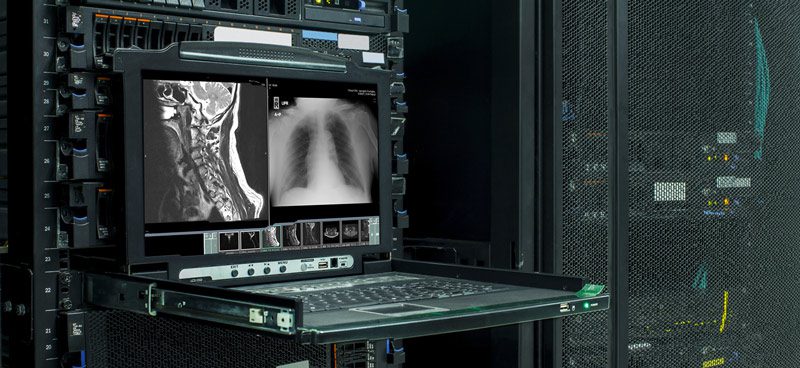The Internet of Things (IoT) is the network of all devices (smartphones, computers, buildings, vehicles, etc.) that connect to the Internet in some way. Connections can include software, network connections, modems, sensors, or anything that lets a user connect to the Internet. Currently, the IoT consists of billions of devices, and the number of devices being adding is growing exponentially.
Connected devices have been become integral to our modern culture and offer many advantages. Individuals and companies can communicate across neighborhoods and across the world. These connections allow for smart wearables, smart cars, smart homes, smart transportation systems, smart communities, and smart industries. IoT means businesses can design their products better and faster, market their products better, distribute them to a wider audience, or provide services to a wider audience.
Security impact of enterprise
While it is nice to be connected in so many ways, there are dangers associated with so many connected devices. Many manufacturers are lax in preparing their devices for these security risks. The more devices that are connected to the Internet, the easier it is for criminals to conduct cyberattacks and to render your devices inoperable. Managing the risks and complications becomes more difficult as the number of devices and methods of connection multiply.
Other security concerns associated with the IoT include attacks on operating systems, data, and devices’ underlying systems. New strategies to fight these attacks will include more sophisticated operating systems and computer networks.
IoT Trends
There are many new trends in the IoT world, and most are driven by the previously mentioned security concerns, along with the increased need for storage capacity. The following are some potential issues that will need to be resolved as the IoT continues to expand:
- New analytic tools will be needed to keep track of the performance of all these devices.
- Networks will become more complicated, especially as the range of IoT devices expands.
- New standards will be needed to balance proprietary concerns with expanded access and ease of use.
- Battery life will need to be expanded to last days or weeks instead of hours.
In response to these concerns, the following trends have already begun to emerge:
- Computer architecture is becoming more sophisticated to handle the wide variety of devices.
- More advanced operating systems are being developed.
- Distributed stream computing platforms (DSCPs) have begun to address the growing demand for data storage.
- New IoT platforms are bundling communication services, data management, and software needed to run applications and analytics.
Get ready for the next wave of the IoT
As the world gets smarter, companies must follow suit. Proper planning can maximize the advantages of the IoT while minimizing the risks. For most IT departments, it is almost impossible to keep up with the latest trends, let alone prepare their technology to adapt to them. An experienced data center can help companies navigate these complicated waters. To better understand the IoT and its relation to your company, call Volico at 888-865-4261 and speak with one of our IoT professionals.
Ready to See How Volico Data Center Can Help You?
Got questions? Want to talk specifics? That’s what we’re here for.
Have one of our friendly experts contact you to begin the conversation. Discover how Volico can help you with your IoT needs.
• Call: 888 865 4261
• Chat with a member of our team to discuss which solution best fits your needs.

